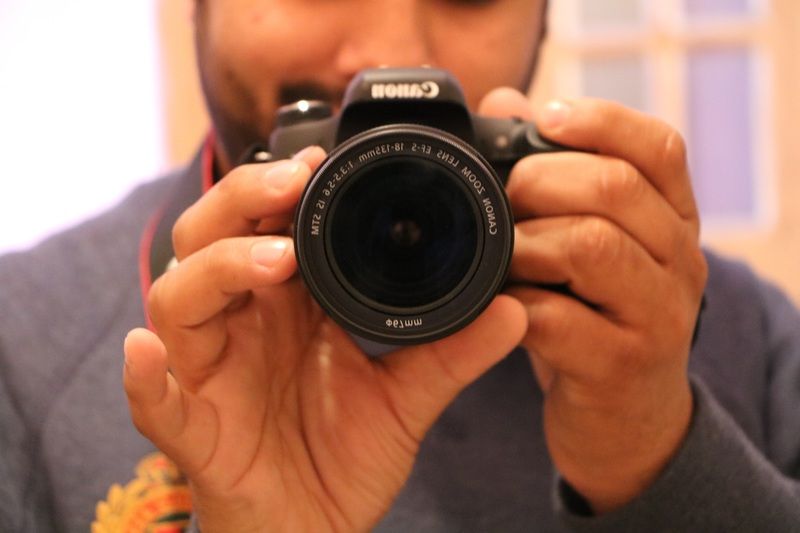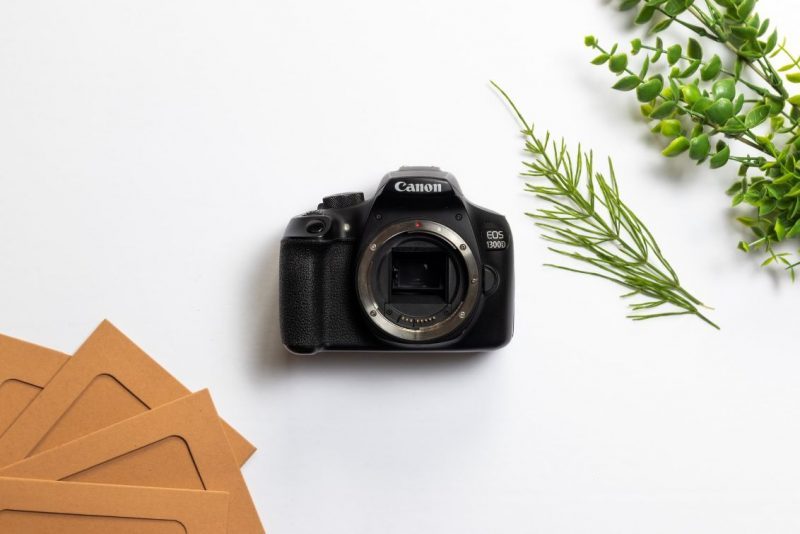Professional photographers or photography enthusiasts have to use a tripod or a monopod or a quick release plate with their cameras for their ease of work.
Since the supporting devices come in different shapes and sizes based on cameras’ specifications, it is vital to know the camera mount screw size to couple properly.
So, scroll down to read the ins and outs of the screw sizes for mounting systems before going to shoot your next video or photos.
Thread Size For Camera Mount
There are two parts of the thread size – the numeric part and the unit of measurement.
Right off the bat, let me share with you in brief about the unit or what is UNC goes for. UNC is the most known and preferred thread for general-purpose inch gauging.
The full form of the abbreviation UNC is – ‘Unified Coarse Thread’. This is the new term of the old definition of NC.
NC is comparable with the metric thread, whereas the new term UNC is comparable with the ISO metric thread.
The flank size is 60°, and the female and male UNC threads are both parallel.
The coarse thread offers easier and faster assembly of components with less chance of cross-threading.
| Major Diameter
(in)
|
Threads per inch
(tpi)
|
Major Diameter
(in) |
Major Diameter
(in) |
Tap Drill Size
(mm)
|
Pitch
(mm)
|
| 1/4″ – 20 | 20 | 0.250 | 6.350 | 5.35 | 1.270 |
| 3/8″ – 16 | 16 | 0.375 | 9.525 | 8.25 | 1.587 |
Now, come to the numeric part. The female threaded receptacle on the camera is either ¼-20 UNC or 3/8 – 16 UNC thread.
Generally, most of the DSLR cameras, camcorders, or video cameras have ¼-20 UNC threads.
However, in the case of larger cameras, you will get 3/8 – 16 UNC threads. You can use adapters according to your needs. These sizes match with the ISO 1222:2010 photography.
How To Measure My Camera Mount Screw Size?
For your convenience, I am going to explain the process –
Measuring the length:
First of all, you will need a ruler or measurement tape. When you take out the screw, you will see that both sides of it are flat.
So, you need to start the measurement from the top of it to the bottom of the screw.
Measuring The Cross-Sectional Area:
To measure the cross-sectional area of the screw, you need to measure the diameter of the screw. Use the tape for measuring a straight line passing from side to side through the center of the cross-section. The diameter for screws is represented by either a gauge number or in fractions of an inch.
In order to find out the gauge number for your specific diameter, you will need a gauge guide available online.
On the other hand, if you plan on buying screws with the metric system measurement list in the packaging, then watch whether the list appears like 5.0 or not, which indicates that those screws have a 5 mm diameter.
Figuring Out The Thread Spacing Value:
To get the thread spacing value, you need to count the number of threads in 1 inch. So first, lay the screw next to your ruler or measuring tape and steadily hold it.
Then start counting the number of thread gaps within 1 inch of the screw and divide the thread gaps into the length. Remember that thread counts generally range from 35-40 threads per inch.
In the metric system, screws use the pitch as a measurement instead of thread spacing value, and to get the pitch measurement, you can measure the distance from one thread to the next thread in MMS.
Also, most of the screws have one pitch per diameter in the metric system, which means 2 mm equals 0.4 mm in pitch measurement.
Read Also: How to Secure The Camera Stability With Correct Tripod Screw Size
Frequently Asked Questions (FAQs):
Are camera mount screws Universal?
Yes, in a way, mounting screws are universal as the current standard state that the screw size will be either 1/4-20 UNC or 3/8-16 UNC thread based on camera type.
What to do when your camera mount screw does not fit the tripod mounting screw?
Generally, 99% of the screws come with 1/4-20 UNC thread size. However, you can use an adapter to match your need.
Conclusion
I hope this article provides you a better understanding about the camera mount screw size. Let me know in the comment section if you have any further issues with the mounting or the screw.






